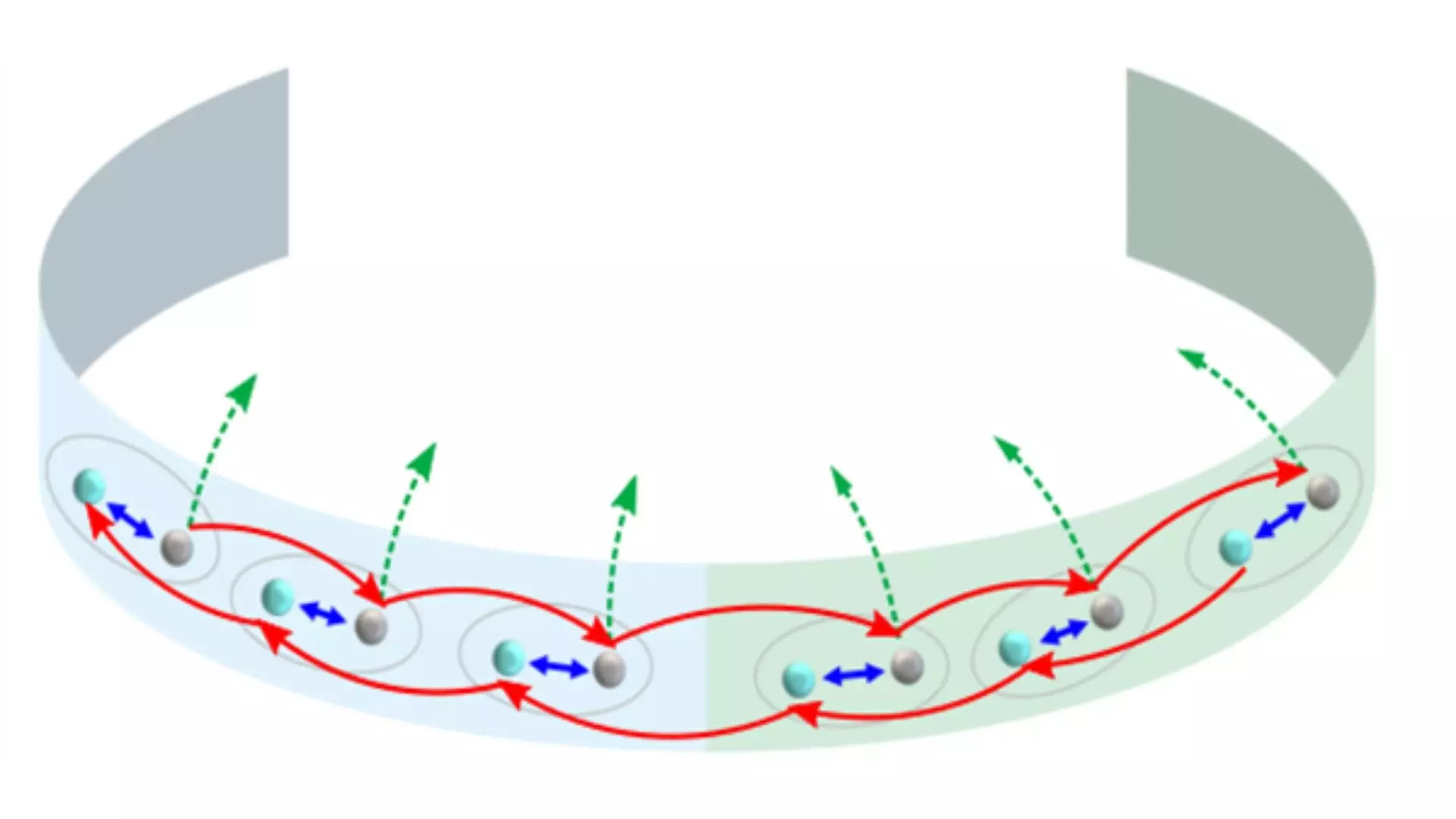Non-Hermitian systems have gained increasing interest within the scientific community due to their relevance in understanding real-world systems characterized by dissipation, interactions with the environment, or gain-and-loss mechanisms. These systems exhibit unique properties not seen in Hermitian systems, with applications in photonics and condensed matter physics.
Motivation for the Study
The motivation for studying non-Hermitian systems stems from the discovery of the non-Hermitian skin effect (NHSE) by Prof. Wang and his colleagues. This phenomenon has sparked curiosity among researchers regarding the possible existence of novel dynamic phenomena with extreme sensitivity to boundaries.
The experimental observation of non-Hermitian edge burst in quantum dynamics was achieved through a carefully designed photonic quantum walk setup. This setup allowed researchers to study how the loss mechanism works at the boundary in real-time, shedding light on the dynamics of the edge.
Experimental Setup and Findings
The researchers used a one-dimensional quantum walk with photons, where each movement was determined by a quantum coin flip introducing probabilistic movement. By incorporating a boundary into the setup and utilizing optical tools such as beam splitters and wave plates, the researchers were able to analyze the occurrence of loss at various positions and times.
Conditions for Non-Hermitian Edge Burst
The study revealed that the non-Hermitian edge burst occurs when two conditions are simultaneously met: the non-Hermitian skin effect must be present, and the imaginary gap in the energy spectrum must be closed. This interplay between static localization and dynamic evolution highlights the complex nature of non-Hermitian systems.
The experimental observation of real-time edge bursts in non-Hermitian systems opens new avenues for research in the field of topological physics. The edge burst effect could potentially be utilized for applications such as localized light harvesting or quantum sensing, with implications for photonics and other wave-based fields.
The exploration of non-Hermitian edge burst in quantum dynamics provides valuable insights into the behavior of complex systems with gain or loss mechanisms. By studying the real-time edge dynamics of non-Hermitian systems, researchers can uncover new phenomena and potential applications in various scientific disciplines.


Leave a Reply